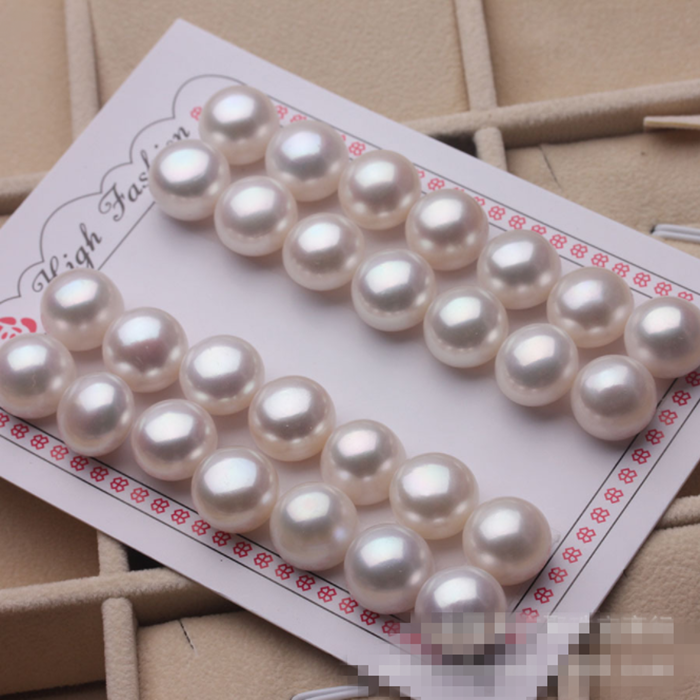-40%
8-8.5 mm white AAA loose freshwater pearl 1/2 drilled 20 matching pair 40 pc
$ 5.28
- Description
- Size Guide
Description
AAA button loose freshwater pearl 1/2 drilled 22 matching pair 44 pieces withFree Shipping
Cultured pearls are the response of the shell to a tissue implant. A tiny piece of mantle tissue (called a
graft
) from a donor shell is transplanted into a recipient shell, causing a pearl sac to form into which the tissue precipitates calcium carbonate. There are a number of methods for producing cultured pearls: using freshwater or seawater shells, transplanting the graft into the mantle or into the gonad, and adding a spherical bead as a nucleus. Most saltwater cultured pearls are grown with beads. Trade names of cultured pearls are Akoya (
阿古屋
), white or golden South sea, and black Tahitian. Most beadless cultured pearls are mantle-grown in freshwater shells in China, and are known as freshwater cultured pearls.
Cultured pearls can be distinguished from natural pearls by X-ray examination. Nucleated cultured pearls are often 'preformed' as they tend to follow the shape of the implanted shell bead nucleus. After a bead is inserted into the oyster, it secretes a few layers of nacre around the bead; the resulting cultured pearl can then be harvested in as few as twelve to eighteen months.
When a cultured pearl with a bead nucleus is X-rayed, it reveals a different structure to that of a natural pearl (see diagram). A beaded cultured pearl shows a solid center with no concentric growth rings, whereas a natural pearl shows a series of concentric growth rings. A beadless cultured pearl (whether of freshwater or saltwater origin) may show growth rings, but also a complex central cavity, witness of the first precipitation of the young pearl sac














